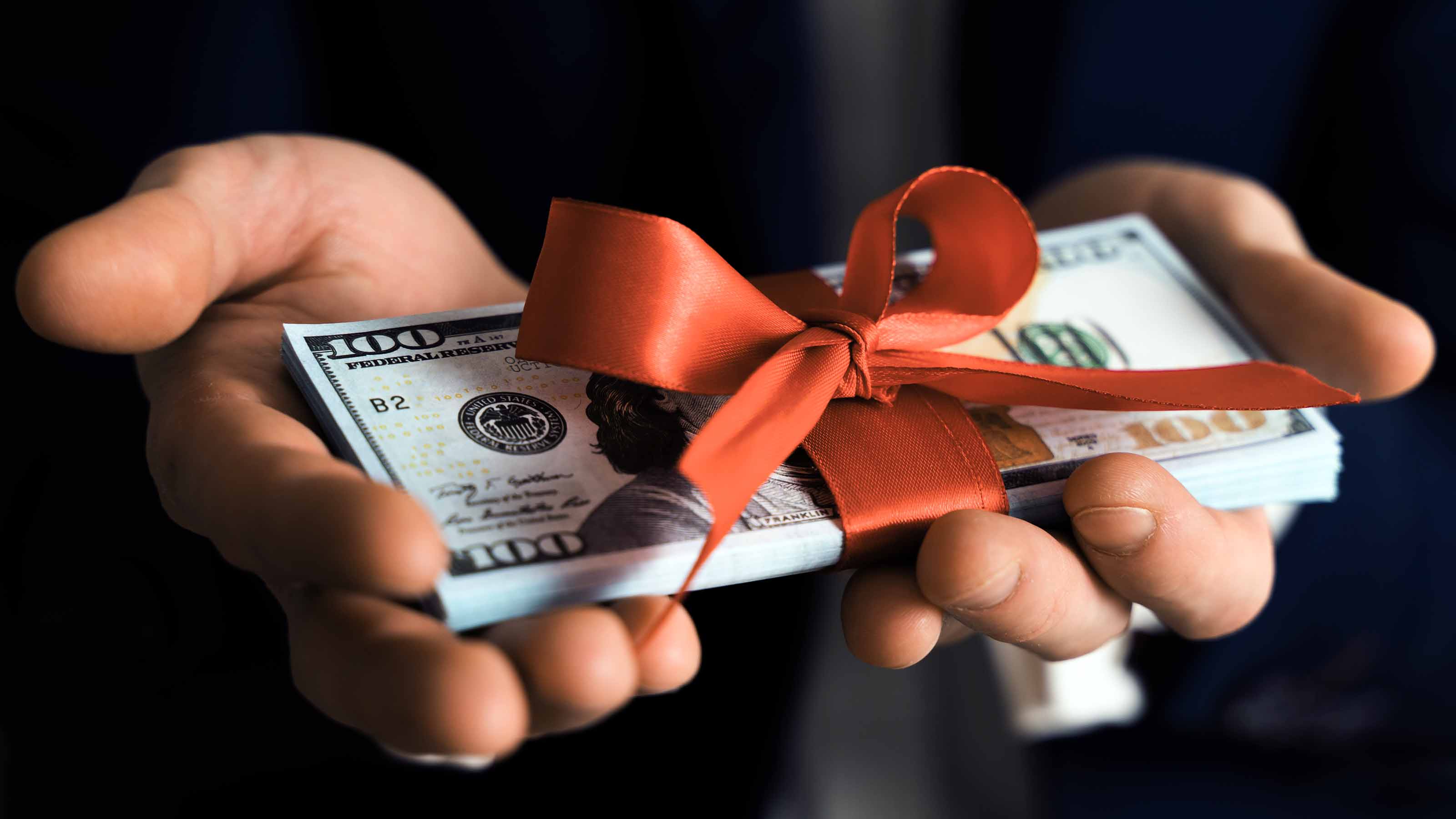
Savers and investors have few causes for complaint. But one frustration is the sluggish pace and shrunken heft of dividend increases. Although U.S. companies have more than $2 trillion in cash, scads of firms that not long ago raised dividends by 10% a year have morphed into relative misers: The median annualized increase within the S&P 500 dwindled to 6% in the fourth quarter of 2023.
Look at ProShares S&P 500 Dividend Aristocrats (NOBL), an equal-weighted exchange-traded fund of 68 stocks with 25 consecutive years or more of raises. From 2015 to 2020, the fund hiked its payout by 11.5% a year. Since the start of 2021, that fell to 5.4%, limited by near-freezes from one-time cash spigots like Kimberly-Clark.
Apple is not an Aristocrat but clings to a habit of raising quarterly dividends each year by just a penny a share. UPS, soon to join the Aristocrats, also just hiked its payout by one cent a quarter.
I asked around and got explanations — or excuses. One is that cash is so valuable, with interest rates up, that companies are hoarding it. Another is that a large cohort of CEOs expected a recession and refused to commit to high dividends that would be impossible to freeze or cut without an uproar.
And there is the ever-present fixation with buybacks despite a new 1% federal tax and the sky-high valuations of so many shares. Hence, the payout ratio — the percentage of earnings paid as cash dividends — has held at around 30% since the pandemic. It was 43% as recently as 2015 and 2016 and above 50% for much of the past 50 years.
Signs of a stock dividend comeback
As rates fall and cash yields eventually drop, tax-qualified dividend income will become relatively more valuable. Investors will press companies to pay up. Meta Platforms (formerly Facebook) chipped some ice with a first-time 50-cent quarterly dividend this year — hardly a gusher, as Meta is handing out just $5 billion a year from its $45 billion of free cash flow. Salesforce followed with a similar initial cash payout.
More encouraging: unexpectedly large early-2024 raises by old- timers such as Archer-Daniels-Midland (11.1%) and Sherwin-Williams (18.2%), as well as 25% from Exelon’s power-generation spin-off Constellation Energy. John Deere has been raising dividends twice a year, its latest pair of hikes totaling 17.6%. Walmart stepped up with a 9.5% raise. S&P Dow Jones Indices reports more increases and fewer cuts so far in 2024 than in the same months of 2023, though overall payouts are still creeping rather than leaping.
For a longer-term view, I consulted Dan Peris, who manages the Federated Hermes Strategic Value Dividend Fund and is to dividend literature what the late John le Carré was to spy novels. In a new book, The Ownership Dividend: The Coming Paradigm Shift in the U.S. Stock Market, Peris predicts that higher payout ratios are inevitable — his target is 50% — and insists “the bloom is off the buyback rose.” Competition from higher fixed-income yields will encourage fatter dividends.
But Peris also says that company bosses are revisiting the idea that shareholders should be partners in the business rather than adversarial share-sellers — and plying them with hard cash is central to this plan. Meta’s payout, he says, is a “green shoot” and “symbolic.” With a yield of 0.4%, Meta is not an income investment and may never be, but its move clears the way for other new-generation firms that are serious about growth but also aspire to average or above-average dividend yields. And that would be a breakthrough.
Note: This item first appeared in Kiplinger's Personal Finance Magazine, a monthly, trustworthy source of advice and guidance. Subscribe to help you make more money and keep more of the money you make here.







